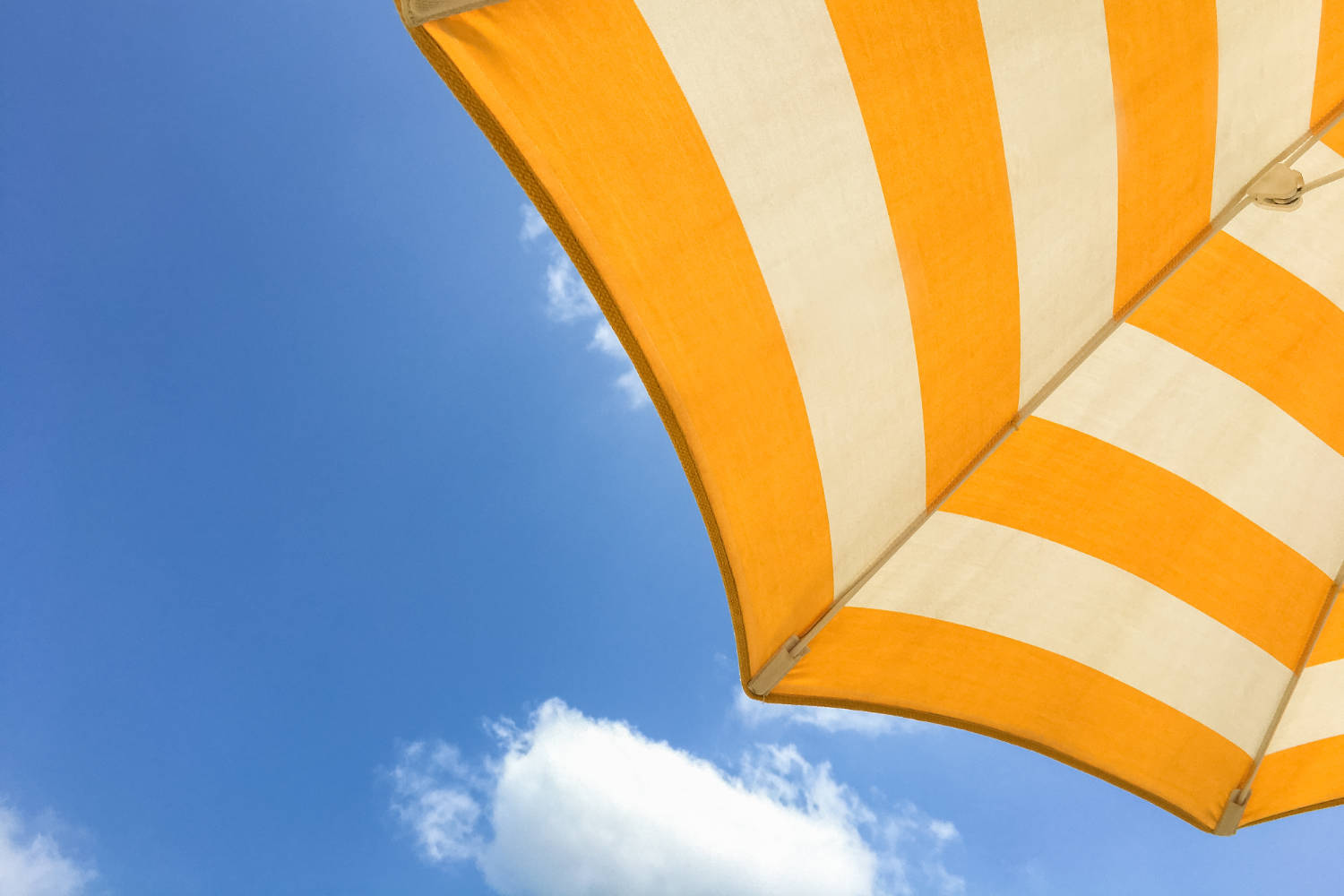Protect Yourself from Extreme Solar Radiation
We already wrote about the UV index a few years ago, but we think it’s important to refresh the information, as the intensity of ultraviolet radiation is at its peak in many places at this time of year, even though it’s not summer yet.
As you know, the UV index (UVI), or ultraviolet radiation index, is an indicator of solar radiation on a specific area of the Earth’s surface and its potential to cause skin injuries. It is represented by a number between 1 and 11+ associated with a color ranging from green to purple.
When you open the summary page of a beach, you’ll see the maximum UV index for that day, which is usually the expected value for the hours when the sun is highest in the sky. In addition to the number, you’ll see the full color scale with a mark indicating the position of that index on the scale.
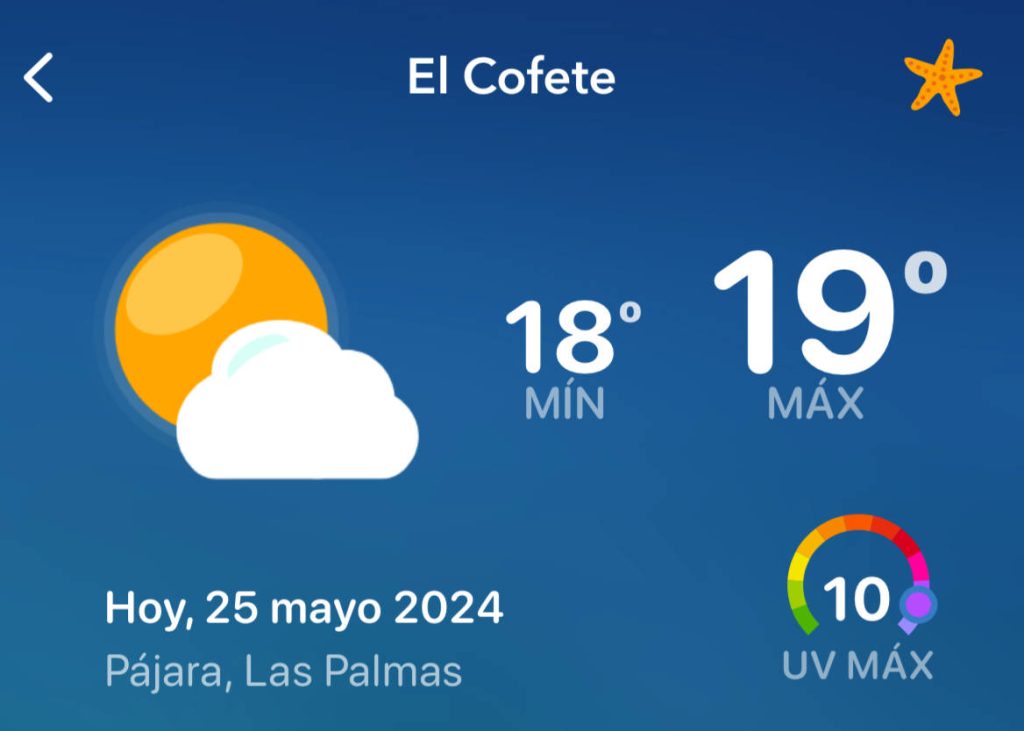
Additionally, now in the Advanced Forecast section, you can also check the hourly UV index. In this case, since there’s so much info on the advanced forecast page, you’ll only see the numerical index along with a circle in the color associated to it. We think this information is super useful; we ALWAYS check it and we encourage you to do the same.
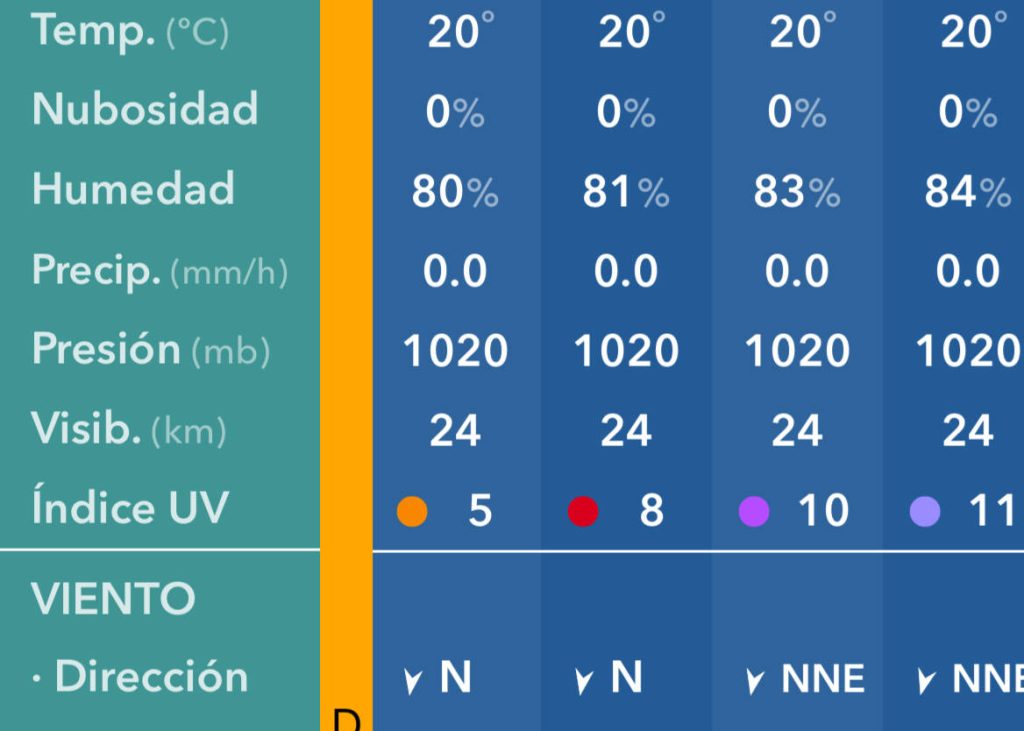
But what does each number really mean?
- A value of 2 or lower indicates that the risk is low.
- Between 3 and 5 it’s considered a moderate risk, and it’s advised to protect your skin and eyes.
- A value of 6 or 7 indicates a high risk. You should protect your skin and eyes well and try to stay in the shade around midday.
- Between 8 and 10, the risk is considered very high. It is necessary to take all possible protective measures: sunscreen and glasses, clothing and a hat, a parasol, and avoid sun exposure around midday, especially children.
- When the value is 11 or higher, the risk is extreme, and the recommendation is to avoid sun exposure.
What solar radiation reaches the Earth’s surface?
The solar radiation that reaches the Earth’s surface after passing through the atmosphere is mostly UVA radiation and, to a lesser extent, UVB. UVA rays are responsible for skin aging and can cause damage to the DNA of skin cells. UVB rays cause sunburns and damage the DNA of skin cells.
The intensity of solar radiation depends on various factors, such as the position of the sun in the sky (the higher the sun, the more intense the radiation, which is why it’s higher in summer and at midday), latitude (radiation is greater as we approach the equator), the presence of clouds (beware, it can be high despite the clouds), or ground reflection (sand, sea water, and foam reflect solar radiation, affecting us more).
What should we know about sunscreen?
Sunscreen products increase the time your skin can be exposed to the sun without being damaged. This time varies according to skin type and the sun protection factor (SPF).
The higher the sun protection factor, the better. That’s a fact. And sunscreen should be applied abundantly and frequently. In other words, a single bottle shouldn’t last you all your holidays.
Most sunscreens protect against UVB radiation (in fact, SPF indicates the level of protection against this type of radiation), but it’s important that they also protect against UVA rays. To ensure that our sunscreen protects against UVA radiation, we need to check that the letters UVA appear inside a circle. Be aware that UVA rays can penetrate glass.
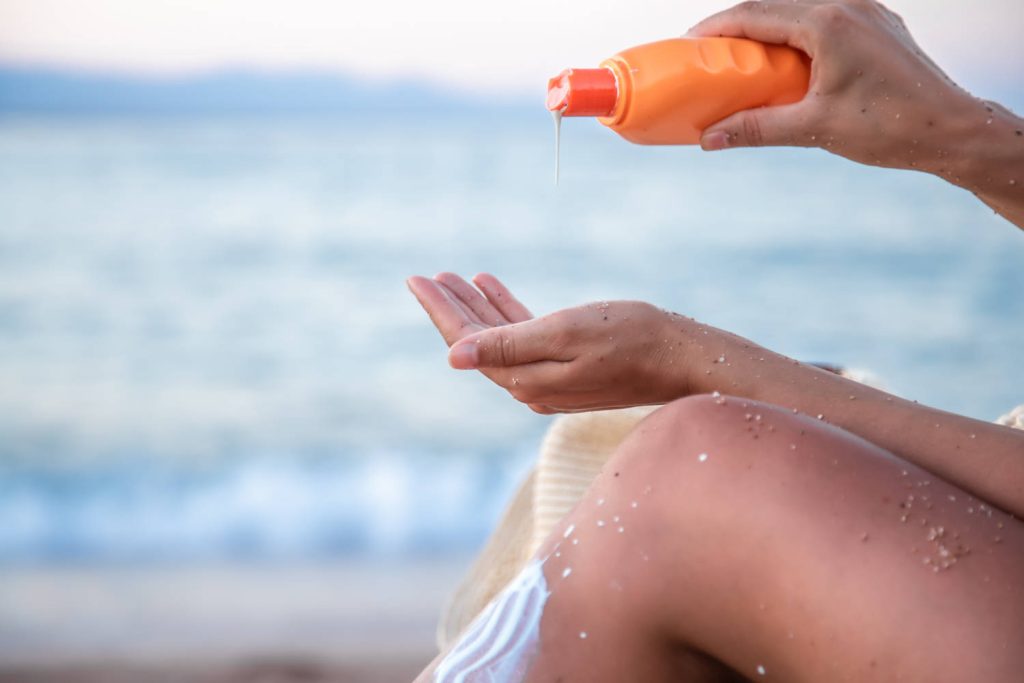
Be mindful of…
… cloudy days. When it’s cloudy, you don’t feel the sun’s heat, but a good portion of the radiation still gets through the clouds. Protect yourself regardless.
… thinking that a tan will protect you. Especially if your skin type is fair, a tan offers little protection. Take care of yourself.
… moments in the water. The reflection can cause the parts that remain above the surface receive more radiation; additionally, radiation also penetrates water.
… applying sunscreen only before arriving at the beach. Water, sand, friction with clothing or with a towel, cause the sunscreen to lose its effectiveness.
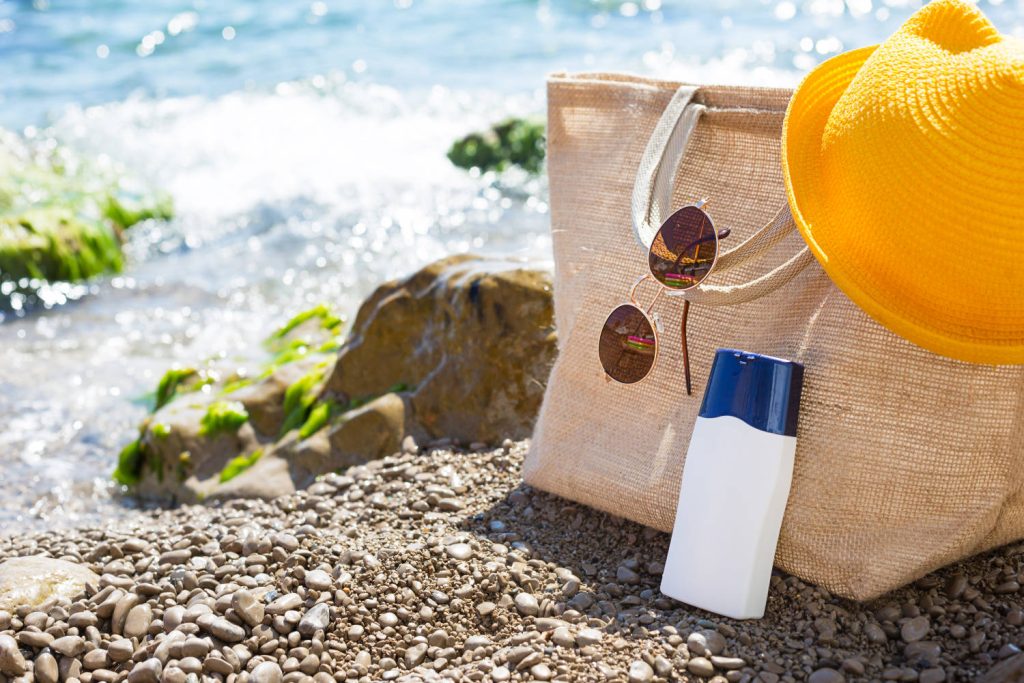
In short, the UV index is important to remind us that prolonged exposure to the sun can cause damage, and we need to take measures to protect ourselves and limit our exposure to solar radiation. So, if you haven’t already, pay close attention to the UV index when you go to the beach or spend time outdoors, and protect yourself from solar radiation all year round, but especially now and in the coming months.



